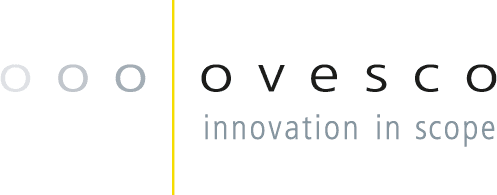In 50 patients with complex benign esophageal stenoses, endoscopic bougienage with the BougieCap was successful in 96 %. Symptoms of dysphagia decreased significantly after bougienage (59.0 points at Day 0 vs. 28.6 points at Day 14; p<0.001). No severe adverse events occurred.
B Walter et al., University Clinic Ulm, Germany, presented a multicenter study (Ulm, Southampton and Essen) evaluating dilation of benign esophageal stenoses with the BougieCap. The BougieCap allows, in contrast to Savary bougies, direct visual control of the process without the need for x-ray.
50 patients (25 f, 25 m, median age 67.1 ± 16.8 years) with benign stenosis of the esophagus and clinically apparent symptoms of dysphagia were included. Genesis of the stenosis was peptic (n=23), radiation (n=13), anastomotic (n=6), caustic ingestion (n=4), Post-ESD (n=2), EoE (n=1) and unknown (n=1). Dilation was successful in 96 % of cases (48/50). In two cases with narrow and longer strictures (one peptic, one post-radiochemotherapy) located in the lower esophagus (length 40 mm, diameter 2 mm and 3 mm, respectively), bougienage failed due to high resistance, which caused buckling of the endoscope in the pharynx. Bougienage was aborted and balloon dilation was performed successfully. The mean number of sequential bougienages was 2.3 ± 0.7. A stabilizing guidewire was used in 10 cases, 8 of which were with a pediatric scope. Severe complications did not occur. In two cases, a BougieCap was lost in the stomach; no clinical discomfort of complications resulted. The BougieCaps evacuated spontaneously with the stool. Mean dysphagia-associated symptoms, using the DHI (Dysphagia Handycap Index), decreased from 59.0 (moderate dysphagia) to 28.6 points (mild dysphagia) over the short-term follow-up period of 14 days (p<0.001).
The authors concluded that endoscopic treatment of benign esophageal stenoses with the BougieCap allows direct visual control of the dilation process and of beginning mucosal lacerations. Thus, in contrast to the conventional blind method, overdilation and re-traumatization are reduced and the dilation process can be performed with better adaptation to the stenosis. Usage of a guidewire is reasonable and necessary in special cases (i.e. very high-grade stenosis, usage of a pediatric gastroscope).
The BougieCap – a new method for endoscopic treatment of complex benign esophageal stenosis: results from a multicenter study.
Walter B, Schmidbaur S, Rahman I, Albers D, Schumacher B, Meining A.
Endoscopy 2019; DOI: https://doi.org/10.1055/a-0959-1535.


 Deutsch
Deutsch  Français
Français 